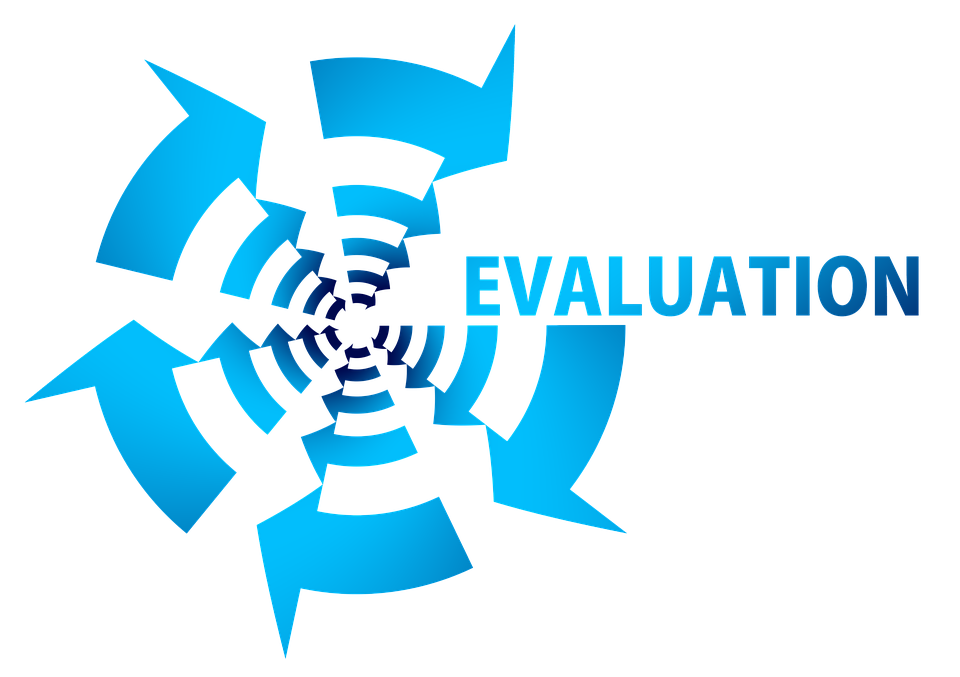Written By: Michelle Deery
The route your prospects take to get them from initial interaction with your brand to make a purchase isn’t straightforward. The process has different stages, and it’s key that marketers know how to frame their content and messages for each of these stages to ensure the customer keeps moving through the funnel.
You can’t expect to convert every single first-time website visitor into a paying customer. In fact, most site visitors don’t convert straight off the bat. It takes time, effort, patience and a solid strategy on your part, with research showing that it can take as many as 8 interactions before a prospect converts.
It’s therefore really important that you stop trying to convert a prospect straight away, and instead start paying more attention to the whole customer journey.
This means engaging them with the right content and message at the right time, from stage 1 right through to the final stage. If you do this, you’ve got more of a chance of converting prospects sooner while ensuring that fewer get away.
Let’s take a look at how to increase conversions by improving the customer journey. But first …
The Customer Journey Explained
There are typically three different key stages in the customer journey:
- Top of the funnel – This is otherwise known as the awareness stage, and it’s where your prospects are looking for answers.
- Middle of the funnel – This is otherwise known as the evaluation stage, and it’s where your prospects are weighing up your product or service, and whether it’s right for them
- Bottom of the funnel – This is otherwise known as the purchase stage, and it’s where a prospect takes into consideration any final factors that will ultimately decide if they should become a customer of yours or not
Let’s break each stage down and go in a bit deeper:
The Awareness Stage

This is stage one, and it’s where a prospect becomes aware of your company. It’s the first point of interaction. At this stage, the prospect probably doesn’t know much about you, which is why it’s really important that you capture their imagination.
Your aim here isn’t to convince a prospect to make a purchase from you. Instead, it’s to convince a prospect that they should come back some other time soon. You’re not looking for a sale – you’re looking for a repeat visit.
As such, it’s a really good idea to offer them a lead magnet that persuades them to sign up to your email list. A lead magnet ordinarily comes in the form of a free gift – such as an eBook – that offers an immense amount of value to the prospect. The prospect needs to see that what they’re getting is worth more than what you’re getting (their email address and some other personal details).
Talk about the benefits of your lead magnet. How’s it going to improve their lives?
However, you will need to reinforce your message before a prospect is in the mood to subscribe. Create high-value blog posts that educate and inform your prospects about your brand, your niche, and your products or services. Create video content too and promote it on your social media channels. Show people that you know what you’re talking about. Give them something to engage with.
The Evaluation Stage

Once a prospect has entered the second stage of your funnel, it’s time to move away from mere blog posts towards content that actually nurtures this blossoming relationship.
Evaluation is absolutely critical because it’s the stage where a prospect starts to seriously eliminate products and businesses that just aren’t suitable. If you can nail this stage of your customer journey, you could boost your response rate by as much as 10 times.
In terms of content, it’s time to captivate your prospects by delivering things that position you as an expert in your niche. It means going above and beyond what your competitors are delivering.
For example, you could go with in-depth educational content that goes deep into a particular subject. Or, you could go with a live training video that does the same thing. Consider holding a livestream Q&A session on Facebook, too.
Take advantage of advances in augmented and virtual reality to allow your prospects the chance to ‘try out’ your products in the comfort of their own home as well.
Make sure you don’t go for the sale yet. You’re still solving their problems, showing them you’re the expert, and feeding them lots of content that continues to build trust while eliminating the competition from their mind.
The Purchase Stage

This is it – the final stage. By now, your lead understands your offer and your product and it’s time to go in for the sale.
At this stage, final customer objections are still very much possible. To remove as much doubt as you can, you’ll need to personalize your content and message. Why? Because each customer and each objection will be different.
For example, you could ask your prospect to contact you if they have any questions, either by telephone or by email.
If that seems too personal, you could install digital assistants on your website that engage your prospects in 1:1 conversation and answer their queries.
Naturally, your ultimate aim at this stage is to clinch the sale. But because a bottom-of-the-funnel offer isn’t a guarantee of a sale, you’ll need to be a bit more creative. Try to get your prospects to make a small commitment. Perhaps you could offer them a free trial of one of your services. For example, you could create an app and offer it for free for a set period.
A free trial helps to ‘warm’ your prospects up before they’re ready to spend money. Amazon knows this all too well, which is why they offer a 100% free trial of their Prime service. For a set period, the prospect gets absolutely everything for free.
Make sure your prospects don’t get dismayed when they arrive on your checkout page, too. There are many reasons why customers abandon their carts, and the last thing you want is to lose them so late in the journey.
A very smart idea is to add their preferred payment options. If a customer can see their preferred payment option on the checkout page, trust and confidence in your soars. Add recognizable names to your checkout page – PayPal, Stripe, and Square – but also add a POS card reader, too. This will help to bridge the gap between your online and offline sales, and it makes the transaction process more seamless.
If all that isn’t enough, splash your social media channels with user-generated content, including reviews and video testimonials. Social proof can go a long way to addressing any final customer objections and could help you clinch the deal.
Conclusion
The last thing you want is for your prospects to be falling out of the customer journey all the time. Improving the customer journey is all about improving consumer trust and confidence in your brand. Use the tips in this article to optimize each stage of the buyer journey and create the type of content and conversations that educate, inform and position you as the expert.
Author Bio:
Michelle Deery is a professional writer for Heroic Search. She has produced marketing and eCommerce copy for over 7 years. Her content has been featured in Entrepreneur magazine. You can find her on Twitter.
LinkedIn: https://www.linkedin.com/in/michelle-deery-ba7131123/
Gravatar: michelle@heroicsearch.com



